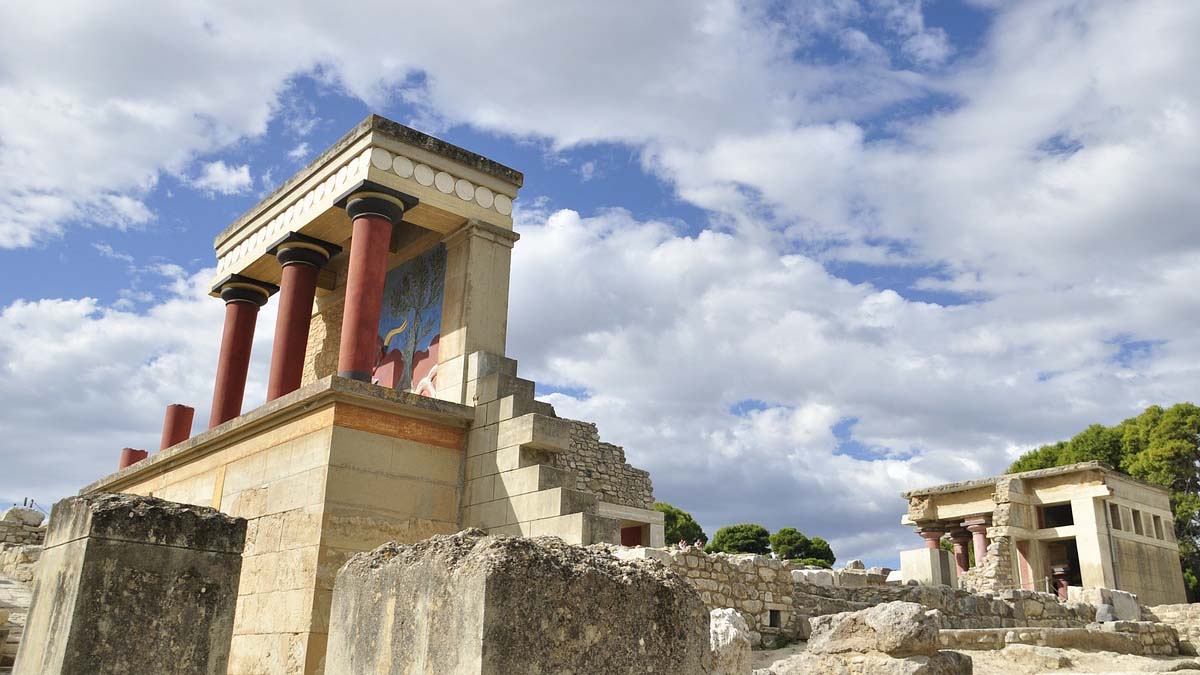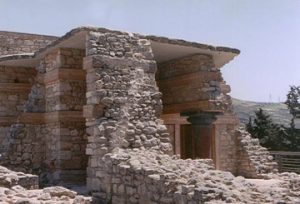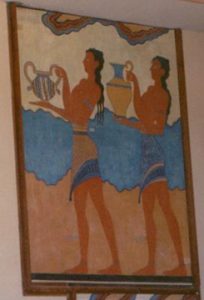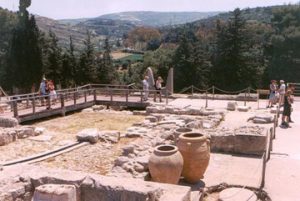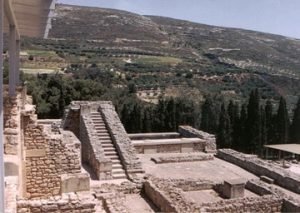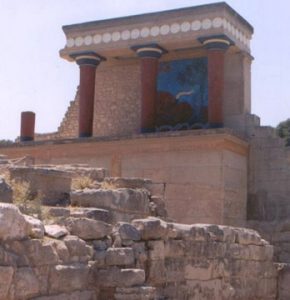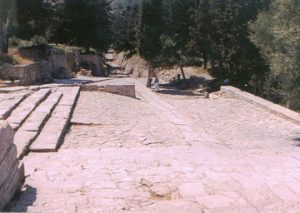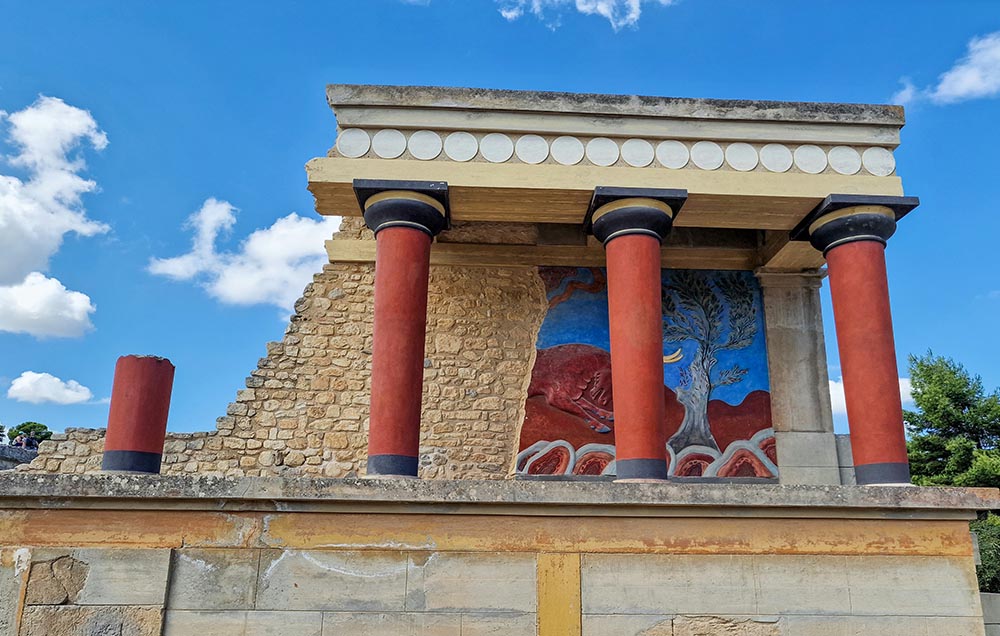
Visiting Crete is like stepping into a living storybook. When you’re not walking through ancient ruins, you’re swimming in crystal blue water and enjoying the authentic flavors of the Mediterranean amid colorful buildings.
Crete is one of those truly unforgettable destinations. In fact, it will probably leave you feeling like you could move to the Med for good.
A Historical Heartland
If you’re heading to Crete by plane or even with a Greek cruise, get ready to marvel at some of the best historical sites Greece has to offer.
Ancient civilizations left behind a vibrant legacy of art, myth, and innovation in Crete. From the grandeur of Knossos to the enchanting ruins scattered across the island, this is one of the best places to journey back through centuries of heritage.
In terms of which historical sites to visit, Phaistos Palace is a must. Set against a stunning rural backdrop, Phaistos offers an intimate glimpse into Minoan life. Gortyn, with its Roman and Byzantine remnants, and Spinalonga Island, with its Venetian fortifications, are also well worth your time.
Culinary Adventures
Another reason why Crete is considered one of the gems of the Mediterranean is the food.
Fresh, local ingredients are not in short supply, so expect to indulge in some of the best traditional dishes, such as moussaka and dakos, which is a Cretan version of Greek salad. Antikristo is also mouthwatering! In this dish, the lamb is partially skewered and cooked over open flames, allowing it to develop a smoky, tender flavor.
Dining in Crete is all about taste, but they still have heart-healthy qualities.
And for anyone who wants to do a little shopping of their own, you can’t go wrong with the Heraklion Central Market. Think fresh produce, local cheeses, olives, and handmade breads.
Timeless Traditions
There’s nothing quite like immersing yourself in local traditions when visiting a new location, and Crete doesn’t disappoint.
One of the island’s most cherished practices is the panigiri. This traditional festival is held in honor of local saints, and it involves residents coming together to share traditional music and food, and most importantly, dance! The main festival takes place during the summer months.
There’s something about Cretan dancing that really gets you going, especially the energetic Pentozali, which has been passed down through generations.
You’re also very likely to experience filoxenia, which describes Crete’s deep-rooted sense of hospitality. Filo directly translates to love and xenia to guest-friendship. Guests of the island are often invited to partake in communal meals and conversations, giving you the perfect glimpse into the warm and welcoming nature of Crete.
Uniquely Crete
There are several amazing destinations to choose from when traveling in the Mediterranean, but few are as unique as Crete. Not only is it a beautiful and intimate island, but you get the perfect blend of history, culinary, and local traditions.
If you are a history fan who also loves experiencing new and exciting cuisine, Crete should definitely be one of your next holiday destinations.
